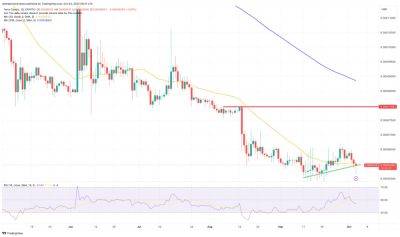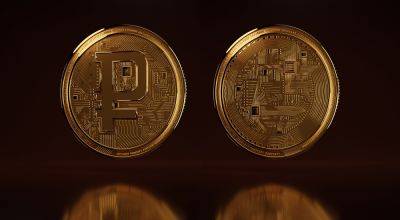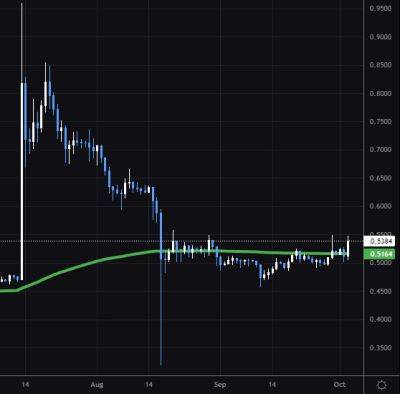Why low latency is important for cryptocurrency exchanges, explained
The term “latency” in cryptocurrency trading refers to the delay or lag in the amount of time it takes for data to move between two points in a trading system.
Latency may significantly affect a trader’s capacity to carry out orders and make informed choices. To acquire a competitive edge in the quick-paced world of cryptocurrency trading, latency must be reduced as much as feasible at all phases of the trading process.
Market conditions and volatility may also have an impact on latency. Exchanges may encounter delays in processing orders during periods of intense trading activity or abrupt price swings, resulting in increased latency.
Since high-frequency traders want to execute numerous deals in a short period of time, reducing latency is their top priority. High-frequency trading (HFT) is a trading strategy that uses ultra-fast computers and algorithms to carry out a lot of trades in a short period of time. HFT firms use speed, low latency and cutting-edge technology to obtain a competitive edge in the financial markets by looking to benefit from tiny price differences.
For some traders, latency may not be as important, but it is still important to get the best transaction execution. In general, a trader’s odds of successfully making trades in the cryptocurrency markets increase with the speed at which they can obtain and act on market information.
The types of latency in cryptocurrency trading include data latency, order execution latency, network latency, software latency, hardware latency, market data feed latency, market latency and exchange latency.
Data latency describes lags in market data delivery. It takes into account the transit time for data on prices and order books from cryptocurrency exchanges to a
Read more on cointelegraph.com





















![Donald Trump - Caroline Ellison - prince Andrew - Lewis Kaplan - Gary Wang - Sam Bankman-Fried - Latest update — Former FTX CEO Sam Bankman-Fried trial [Day 1] - cointelegraph.com - Usa - New York - state California - Bahamas](https://finance-news.co/storage/thumbs_400/img/2023/10/3/77346_kgr.jpg)
